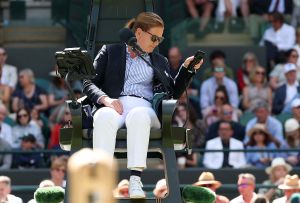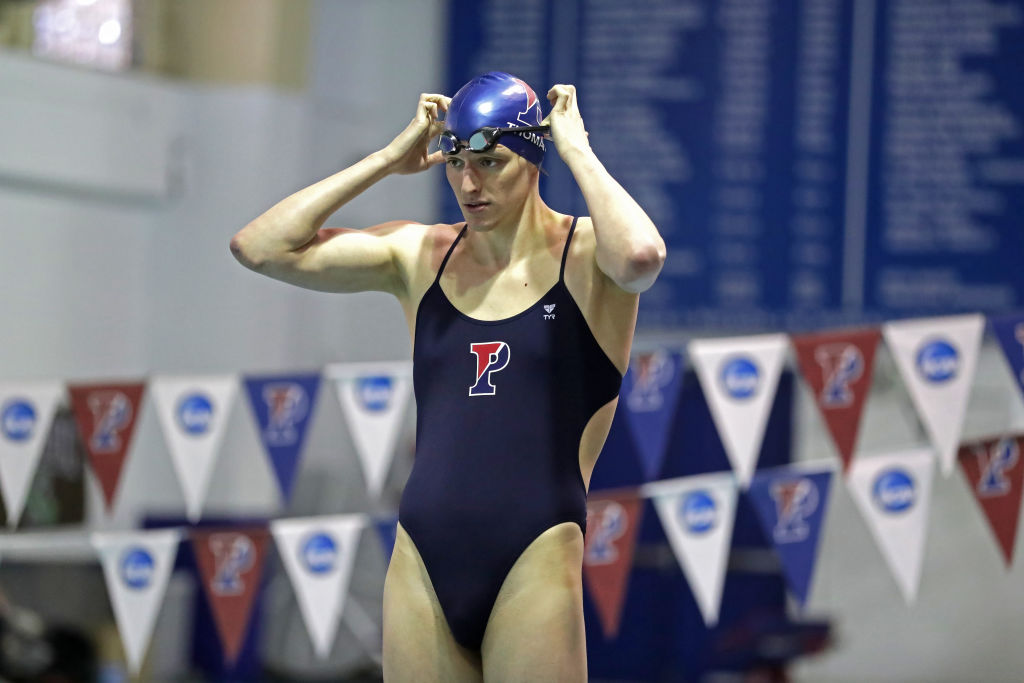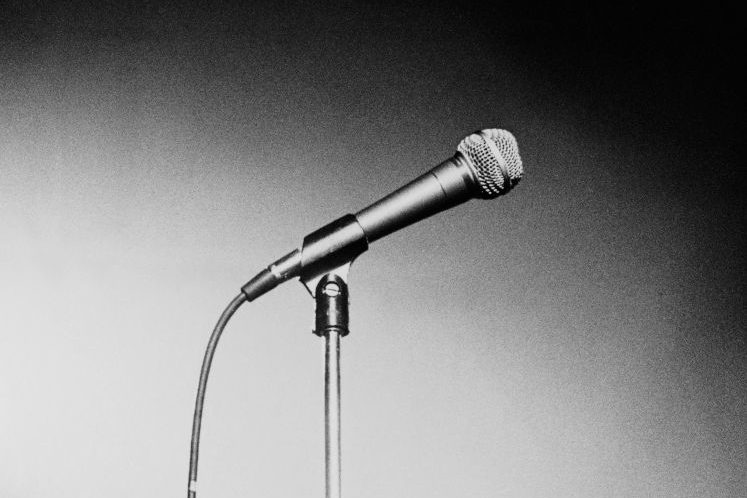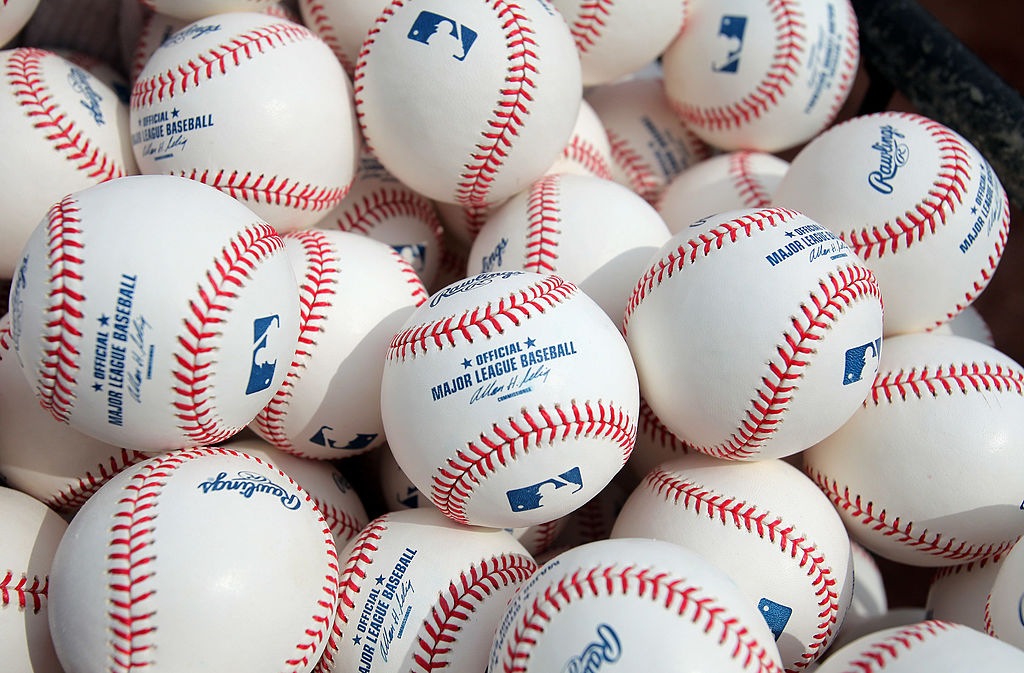This has been a banner, or perhaps baneful, year for women’s intercollegiate sports, what with trash-talking basketballers, record TV ratings and biological men swimming in the distaff pool. But the focus on celebrity female athletes only emphasizes the degree to which the NCAA has twisted women’s sports into a depressing duplicate of the Y-chromosome side of the street.
It wasn’t supposed to be this way. The pioneers of women’s collegiate — not necessarily intercollegiate — athletics conceived and promoted a healthy and democratic ideal that was antithetical to what they saw as the elitist, corrupted and sloth-inducing male version. Their motto — “a game for every girl and a girl for every game” — expressed an inspiring, ennobling vision that has little if anything in common with mass events like the ESPN-hyped and drearily imitative Women’s Final Four.
Hail the forgotten founding mothers! Most were from single-sex schools such as Smith, Barnard and Mills. (I picture the lady gym teachers of my youth, Anne Murray-lookalikes who winged softballs like the boys.) These wise women disdained what they called the “spectatorism” that marked men’s sports. They were disgusted by the thought of 50,000 people sitting on their asses and eating hot dogs while worshipfully watching a handful of jocks — don’t dare call them “scholar-athletes” — win glory on the field or the court. Women’s sports would be different. “We are setting forth under our own sail, with women at the helm and women manning the whole craft,” pronounced Barnard’s Agnes R. Wayman in 1924.
Widespread participation was the goal. Helen N. Smith, director of physical education at the University of Cincinnati, explained that “there should be a broad program of sports activities with opportunities for every girl in the university to indulge and reap their benefits.”
These women did not propose a Vonnegutian, Harrison Bergeron handicapping of the better athletes. They honored skill and excellence. But they did insist, in the words of the 1923 platform of the Women’s Division of the National Amateur Athletic Federation, that competition among women should stress “enjoyment of sport and development of good sportsmanship and character” and not “the making and breaking of records and the winning of championships for the enjoyment of spectators or for the athletic reputation or commercial advantage of institutions or organizations.”
There was a purity to this, and it was reflected in the nigh-universal participation in intramural sports in the women’s schools of the era.
The goal of “a game for every girl, and a girl for every game” survived, albeit in seriously attenuated form, even into the 1970s under the umbrella of the 800-member Association for Intercollegiate Athletics for Women (AIAW), which was the primary organizing body for women’s intercollegiate sport. The AIAW banned scholarships, sharply limited recruiting, did not punish transfers and promoted participation rather than elite-level competition.
In the wake of Title IX, however, the NCAA, which had ignored women’s sports for decades, moved in on the action. AIAW “game for every girl” traditionalists fought a tenacious rear-guard action against both the NCAA and the wreckers in their own ranks, protesting that a narrow emphasis on championships and spectatorism would make women’s college sports “a pale replica of men’s programs.”
You know who won that debate. Three in five head coaches in basketball, far and away the highest-profile women’s collegiate sport, are men, and the concept of “every girl receiving the benefits of athletic competition” via “universal participation” — the goal articulated by Pauline Hodgson of the University of Michigan in 1927 — isn’t even a pipe dream anymore.
So this is the road taken: Iowa’s Caitlin Clark and LSU’s Angel Reese dissing each other on national TV as couch-sitters across the nation fiddle with their smartphones, betting basketball over-unders on FanDuel and cursing missed shots between Taco Bell commercials.
This is the road not taken: Every collegiate gym and pool and sporting field filled with young women playing games and joyfully competing against others of comparable skill levels, without so much as a glimpse of this aired over ESPN.
Gosh I miss those lady gym teachers.
This article was originally published in The Spectator’s July 2023 World edition.

























